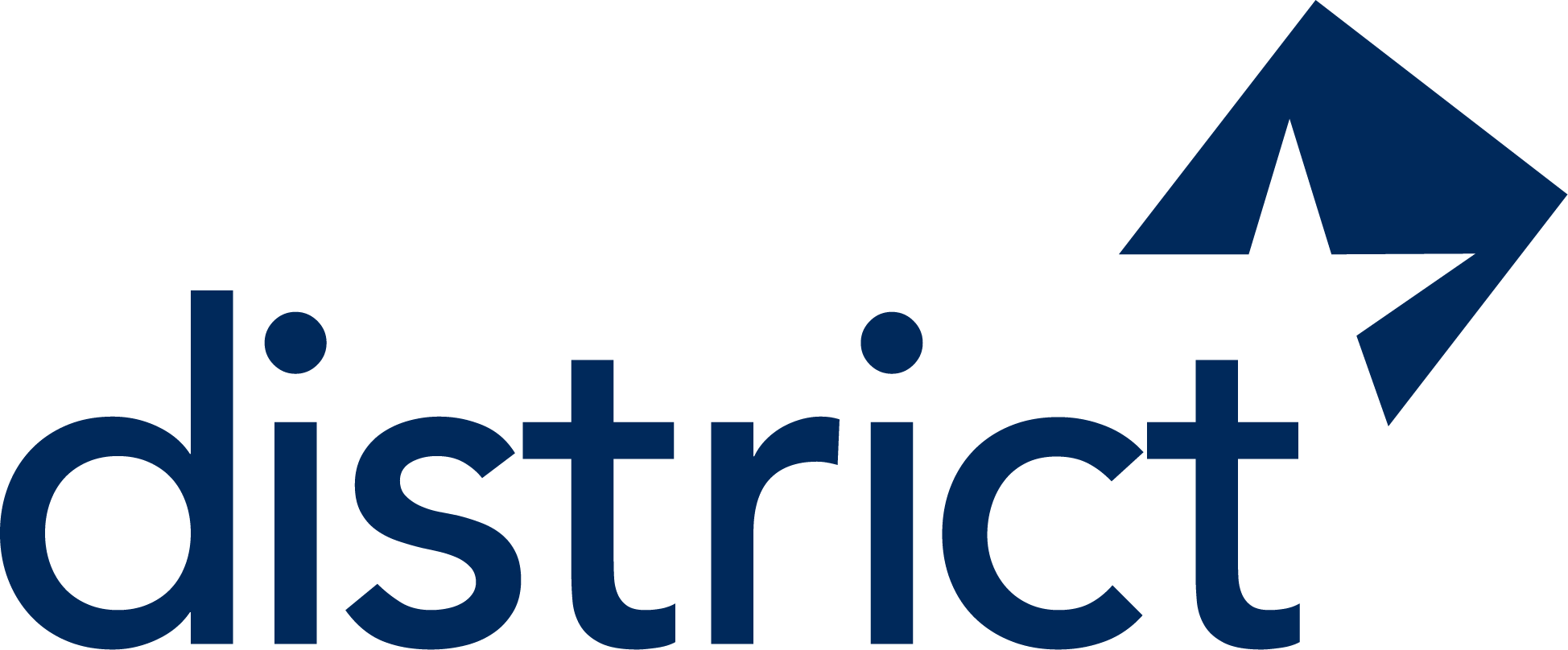The past year has given leaders a crash course in handling remote teams. Everyone rose admirably to the challenge, pivoting to digital workspaces, virtual meetings, and cloud-based task management. But the gradual return to in-person working presents a new leadership challenge: managing hybrid teams.
We know by now that remote workers have fundamentally different work experiences from in-office workers. Managers need to work vigilantly to bridge the gap – and ensure that both camps have everything they need to work efficiently, effectively, and collaboratively. Here’s how:
Find Ways of Bringing People Together
One of the biggest challenges of a hybrid work environment is that remote workers are less visible – and this can have a significant impact on your team’s cohesion.To avoid an “us vs. them” situation, make sure remote workers feel seen and included. Make regular use of digital communication channels such as Slack, G-Suite, and Zoom, encouraging both work-related and “off-topic” conversations that foster camaraderie. And make specific, concerted efforts to check in with remote team members to show them that they’re acknowledged and appreciated. Give them room to open up about how they’re feeling and commit to taking concrete steps to fix any issues raised.
Break Down Silos – And Balance Workloads
When your team is split between in-person and remote workers, it’s easy for office-based workers to become your “go-to” team members due to convenience and visibility. But this can result in overwork of these individuals – and the exclusion of remote workers. Make it a point to break down functional silos, engage different team members on various tasks, and ensure that workloads are adequately balanced. This will improve visibility and inclusion for remote workers while ensuring that office-based workers aren’t burdened with being the point of contact for every task or project. And don’t forget to provide a centralized database of everyone’s roles, responsibilities, and contact details. This will help team members seek each other out and delegate tasks where required.
Prioritize Communication and Information-Sharing
Fast-growing organizations or companies in rapidly shifting markets are constantly taking in and disseminating new information. It’s all too easy for remote workers to get left behind. In addition to using the standard digital communication channels, make it a policy to record presentations, share meeting minutes, upload documentation and assets, and promptly disseminate any business-critical information so that remote workers don’t end up out of the loop. This may require you to spend some time speaking separately and specifically to remote team members so that they’re on an even information playing field. You’ll also want to take the time to define any new processes or communication approaches, including things like chains of communication and what type of information should be communicated using which channels.
Encourage Flexibility Around Working Arrangements
Many factors dictate whether an employee prefers to work from home or from the office, but those factors may vary from day to day. Rather than expecting an office-based worker to always be in the office or a remote worker to always be remote, organize your work environment so that employees have the option to work from home or the office if they desire. Encouraging remote workers to stop by the office from time to time can re-energize them, strengthen relationships, and help new team members put a face to a name. Similarly, allowing flexibility around the work hours and location for local workers can help build goodwill and reduce burnout. Shifting part or all of your workspace to a flexible working location such as a coworking space is another option – one that highlights that you’re proactively seeking to accommodate your team’s needs as the norms of contemporary working continue to shift and realign post-pandemic.
Talk To Us About Making Hybrid Working Work For You
At District Offices, we’re proud to offer a variety of highly amenitized on-demand workspaces in a series of strategically positioned locations in central D.C. Whether you’re seeking a hot desk arrangement for when remote workers “drop in,” occasional meeting room rental for when the whole team gets together, or a larger private office space that can flex with your team’s working preferences, we can help. Talk to us about how we can help your team make the transition to hybrid working as seamless, efficient, and positive as possible.


